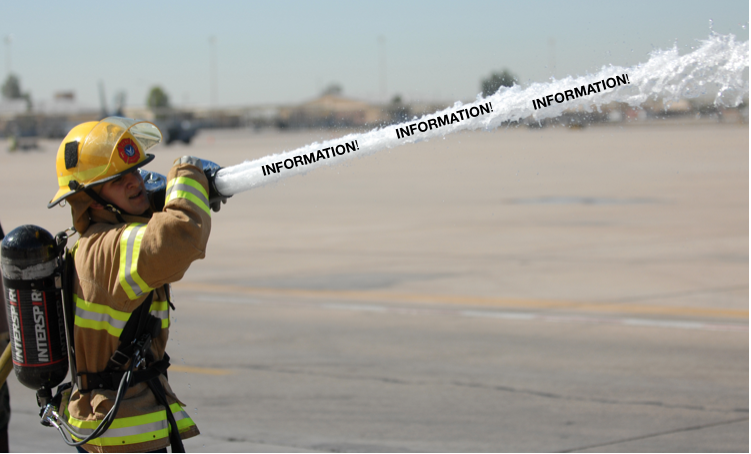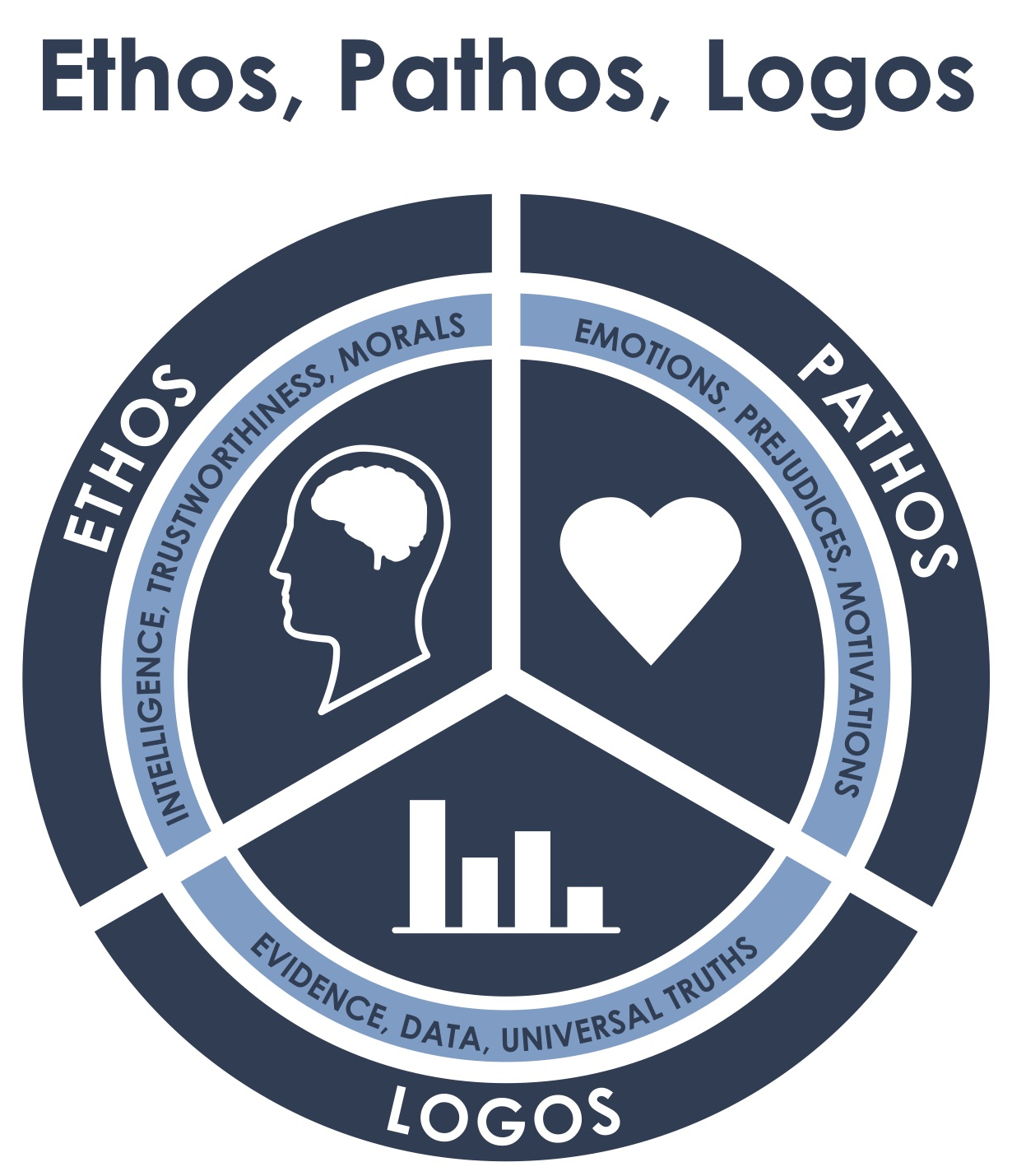Whatever your job title, if you are a UDL Champion on your campus (or a wannabe) you have probably shared the experience of having very brief opportunities to introduce UDL. I’ve had these as one-minute “elevator speech” opportunities with admin or faculty who just want a definition of what we’re talking about up to 30 minute coffee chats with a department, who want a conceptual overview of UDL and what it has to do with them.
These opportunities are precious, as they can either lay groundwork toward more comprehensive team building and collaboration or result in a “oh.” and a missed opportunity that may not return anytime soon.
As a UDL specialist at a large university, I’ve had a lot of these opportunities. Sometimes they have gone well and other times… well, a lesson learned the hard way is still a lesson learned.
Last summer, shortly before fall classes were to start, I fielded a general support ticket from a faculty (“Dr. Todd”) who wanted some tips on making his lectures more accessible for deaf students and students with hearing impairments who commonly join his audiology and speech courses. I don’t know this faculty member personally and the opportunity to respond was – at the time – limited to an email. So I responded. Oh, how I responded.
An actual screenshot of my email:

I waited eagerly for Dr. Todd’s response, fully expecting that he would be excited by all the possibilities available to us to use UDL to enhance the quality of learning for everyone and reduce the necessity of accommodations for those of his students who currently have significant support needs! A week went by. Then two.
The semester was starting! I decided to give a follow up call. Maybe the email got lost? Dr. Todd picked up, was very nice, said he appreciated the info, but really just wanted some help with his PowerPoints and thus had asked for and received support from a different instructional designer on my team. Yeah.

But there have been really great successes, too!
A PhD student in the College of Marketing, “Suzi,” had heard about UDL in a workshop and was curious about it, so approached me to learn a bit more. In my email to her, I told her that UDL was a practical way to design learning experiences that students may customize to their own needs. I gave Suzi some resources to explore more and offered to sit down to discuss it and its relevance for the class she was teaching if she’d like. It was short, couched in language that was both accessible and relevant for someone invest in marketing ideology, and provided a golden bridge for more information. So Suzi took the course I linked her to (Implementing UDL on Canvas), she shared it with colleagues, spoke to me more about how it may influence her courses, and talked me up to her department chair, who invited me in for a 30 minutes “coffee chat” with the department prior to a department meeting. That has led to multiple faculty requesting collaborative course re-design, and the development of new champions in a very influential corner of campus!
What made the difference in these two situations?
A UDL pitch – as with any other pitch – must be persuasive. It is easy to take for granted how much we have already learned about UDL, how much positive influence we have witnessed through UDL implementation in our own settings and work, and how doable it may seem to us who have practiced it many times. But UDL can easily appear complex, difficult, overwhelming, irrelevant, idealist, or even counterproductive (see also: “But is it Rigorous?“).
The message, certainly, has to be good. But is that all?
The greek philosopher Aristotle taught a great deal about persuasion, and his concept of “Three Modes of Persuasion” are still highly relevant and accurate to this day. For a fun and really interesting introduction to this and its relevance to our discussion, check out this TedED video! (< 5 min)
In review, the three modes of presentation are:
- Logos: The idea makes sense from the audience‘s point of view (usually different from the speaker).
- Pathos: The emotional connection that the audience develops.
- Ethos: The reputation, credibility, and trustworthiness of the source.
Here’s another way to think about these modes of persuasion:

In UDL terms, Logos fits with the Recognition Network and Pathos & Ethos both relate to the Affective Network. When someone “buys in,” then they’d be ready to take action (relating to the Strategic Network).
As we learn from the story of Joshua Bell in the subway, even the best message will fall flat if we aren’t attuned to the readiness of our audience to attend to, connect with, and trust the message.
I would expand on this by suggesting that the amount of logos, pathos, and ethos required for persuasive appeal is commensurate with the value of the request or the amount of effort required by the audience to take action.
For example, I would have had no trouble gaining Dr. Todd’s trust to help him update his PowerPoints to make them more accessible. Why?
- Logos: It was already there. He was coming to me asking for help with this, which he had already identified as a sensible next step.
- Pathos: He has set aside willingness to expend the effort required to update his PowerPoints (probably about 2-3 hours to get started).
- Ethos: I carried with me the reputation, credibility, and trustworthiness of the Office of Information Technology, even though I had no personal standing with Dr. Todd, a stranger.
But by moving the conversation immediately into much deeper waters, I was expecting Dr. Todd to make sense of a whole wave of new information, buy in to the need (which wasn’t established in his mind), and trust me personally to do something well beyond the scope of what he expected from the Office whose authority I was borrowing. It wasn’t that what I told him about UDL wasn’t good. It was! And true! And probably WOULD greatly enhance his course. Doesn’t matter. I failed to meet him where he was.
On the contrary, my interaction with Suzi was one that gradually expanded in persuasiveness. Responding briefly to a question in her initial email in a brief and focused way required very little of her time, and it fit within the scope of the Logos (she wanted to know the basics concept of UDL and gain access to resources to learn more, that’s all I provided), Pathos (she was a little intrigued from what she had heard in a workshop, and this inquiry was driving her into UDL exploration), and Ethos (I had limited ethos, gained from the referral of a colleague whom she trusted, but this ethos was improved slightly by showing her resources and information according to her request).
In turn, Suzi used her own standing in her department (Ethos) to share about UDL (Logos) in connection to need-based conversations occurring in the marketing department (Pathos), which led to my being given a short leash (a 30 minute “coffee talk”) to establish these yet further, which was done successfully, leading to greater Ethos and Pathos with the department, and thus stronger opportunities to share the message (Logos) and affect change, collaboratively.
Applied Practice
It is critical that we match our message to the context of the audience. We understand this so well when it comes to students in a classroom, but – in my case at least – it is easy to forget that faculty/staff are learners too! The content will always necessarily move with the context. But there are some things to keep in mind:
- When responding to a request, be sure to respond to the request as requested. Busy professionals learn to trust (ethos) those who support them according to their needs. They are more likely to return for more support and prepared for more detail (pathos) after they have experienced success with your help/ideas in a smaller capacity. Success begets success!
- Pave the way for more information with a golden bridge. In some situations, it may be useful to make a statement like, “I would be glad to share with you the results of a class in which we made this change last semester if you’d like to better understand how it may help.” Pointing toward evidence or resources increases the logic of the message (logos), while also contributing to increased motivation in the audience (pathos) and trustworthiness in your own motives and story (ethos).
- Share with an eye to greater opportunities. If you have 30 seconds in an elevator, your content will be limited. Don’t bother getting into definitions, theory, or explanations of practice. Go for the heart. Tell a quick story. Talk about the outcomes that you just got from a change you made in class via UDL. It doesn’t even matter if they know what UDL is (yet). As we’ve learned from the research that supports UDL, emotional engagement (pathos) is central and primary. If you can generate interest, better opportunities will follow. If you quash interest, the message is already lost.
How about you? Sound off in the comments with ways you’ve found success sharing UDL with those who haven’t heard about it before.
***************
This blog entry is dedicated to the UDL in Higher Ed SIG members who shared their wonderful ideas in community in the fall of 2017.
It was reflection on their ideas that gave shape to this post. For more information in joining our SIG, send me an email at [email protected]!
- Kate Snyder
- Jodie Black
- Adria Battagalia
- Emma Wood
- Greg Amend
- Shira Yalon-Chamovitz
- Mark Nicols
- Rob Spirko
- Michele Stork
- Neta Linder-Katz
This was a great reminder of things we often forget when advocating for UDL and accessibility. Thank you!
try this out https://hydraruzonionx.ru
http://5sun.kr/fitpovico invesmann carmina c94ff34b83
4b1f4b8a67 .https://clickgrape.com/vretdarrielas https://noshamewithself.com/macbmosdire https://sunuline.com/litiremal
4b1f4b8a67 .https://www.mixinpeople.co.za/conneoroulum https://mybalooza.com/insymmuhend https://u-ssr.com/toredarle